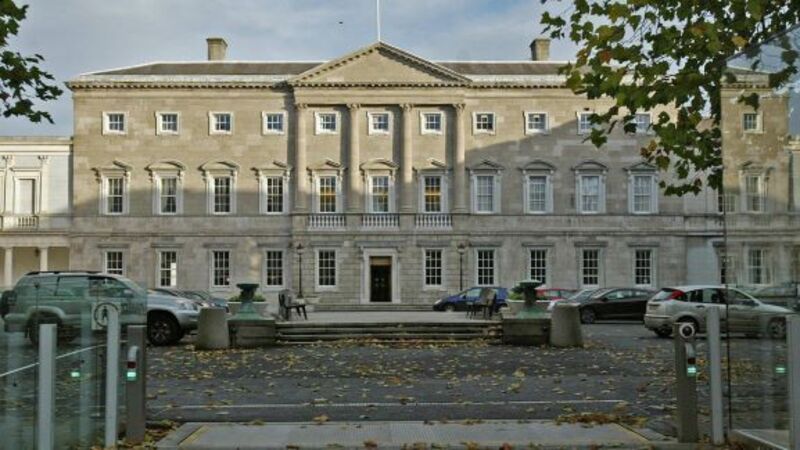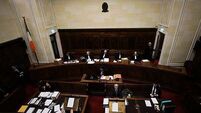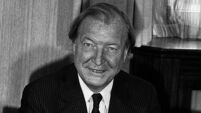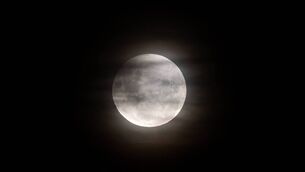Let history guide us as we ponder the formation of the next coalition

In each case the resulting government lasted close to an exact three years and accomplished much.
The first arose when Fianna Fáil (FF), able to claim credit for a partial but uneven recovery from the officially named Emergency of 1939-46, did not get enough seats to resume power.
From February 1948 to May 1951 no less than five established parties under Fine Gael’s John A Costello formed the cabinet.
From May 1951 to May 1954 the successor Fianna Fáil cabinet under Éamon de Valera got the support of independents until those withdrew because of deflation and ‘austerity’.
From May 1954 to March 1957 three parties and one small one in support, again under Fine Gael’s John A Costello, were in power.
However, the formal parties then were fewer in number and more solid than the present disparate parties/alliances, and independents and others held less seats then they do now.
That the ‘slightly civilised’ Sinn Féin (a Seán Lemass phrase adapted) and battered Labour insist on being housed in wings separate from the rest now adds to the above difficulty of gathering a coalition to back a minority government by either FG or FF.
But there is another significant inscription on the 1948 milestone. Costello was agreed for the head role when Clann na Poblachta blocked Richard Mulcahy, the leader of Fine Gael. He became Minister of Education. A similar posting might be suitable for teacher Enda Kenny. Whereas 1948 arose from memories of 1922, both Fine Gael and the general public could cite multiple reasons accumulated over the last five years to advise Kenny to bow out.
And one presumes that Micheál Martin and FF at large could not credibly allow him to become Taoiseach if they do decide on some form of support for a FG minority government or on a conditional short-term coalition with FG. Perhaps also relieving Michael Noonan of dispensing €4 billion USC in favour of himself and his comfortable associates.














